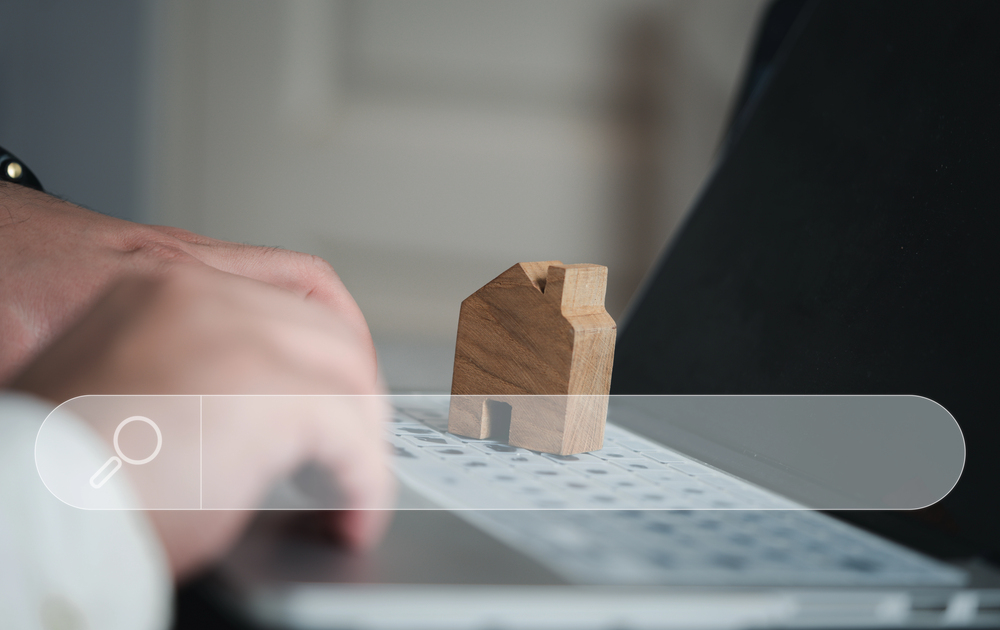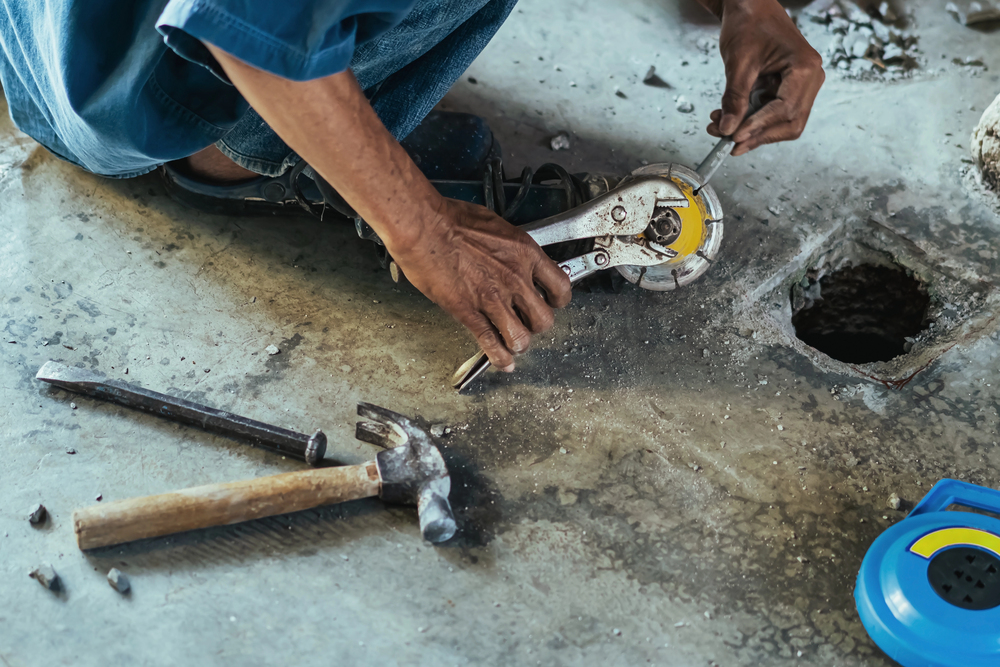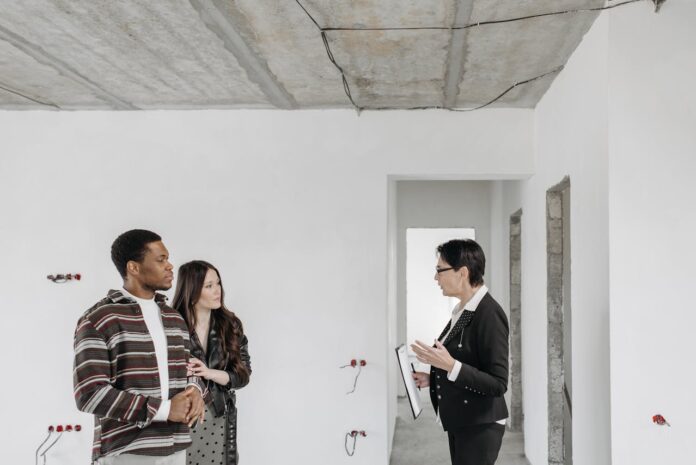Nailing the right price on a house is one of the most critical steps in any property purchase. It’s a delicate balance. Go in too high, and you risk being financially underwater from day one; offer too little, and you might watch a great home get snapped up by someone else. A truly accurate valuation isn’t the result of a lucky guess. Instead, it comes from a smart, step-by-step process that helps you estimate property value accurately and gives a buyer the confidence to make a fair and strategic offer.
Start with the Comps
Start by digging into the “comps” (comparable sales). This is all about finding homes that have sold recently and are a lot like the one you’re eyeing—think same neighborhood, similar square footage, age, and overall condition. You’ll want to focus on sales from the last few months, since that tells you what buyers are willing to pay right now. From there, it’s a bit of a balancing act. Did a comp have a stunning, brand-new kitchen while your target home’s is stuck in the 90s? You’ll need to adjust your valuation to reflect that. This whole exercise takes your estimate out of the clouds and plants it firmly in the real world, giving you a solid price range backed by hard numbers.
Get Real About the Property’s Condition
It’s easy to be distracted by fresh paint and trendy decor, but don’t let staging fool you. A stylish kitchen is great, but it’s the boring, expensive stuff that can wreck your budget. We’re talking about an old roof that needs replacing, a furnace on its last legs, or plumbing that looks a little iffy. These aren’t just minor fixes; they’re major expenses that can cost you thousands down the road. So, when you walk through a home, you have to train your eyes to see past the pretty surface.
Are there subtle water stains in the basement? Do the windows look worn out? These are not small fixes. They are major expenses that must be factored directly into your offer, since the money for repairs will have to come from somewhere.
Understand the Power of Location
It’s a cliché for a reason: location is everything. A property’s value is deeply tied to its surroundings, which includes everything from the quality of local schools and the convenience of nearby parks to the overall safety and vibe of the neighborhood. A home isn’t an island, so its connection to the community is a massive part of its worth. But it’s not just about the here and now. A savvy buyer also looks to the future. Is the area growing, with new shops and investments, or is it stagnating? A little digging into town planning can uncover future projects that could significantly boost (or hurt) the property’s value down the line, helping you better estimate property value before making a decision.
Separate the Land from the Building
Every property is really two assets in one: the physical structure and the land it sits on. For any buyer, but especially for an investor, this distinction is far from academic, as it has major financial implications. The structure itself (the house, the garage, the fence) loses value over time through a process called depreciation, which can create a valuable tax deduction. The land, however, generally does not. The IRS requires this separation for investment properties, so understanding the relationship between land value and depreciation is the starting point for any serious financial analysis. This information can typically be found in county assessor records or a formal appraisal report.
A smart property valuation isn’t about finding a single magic number. It’s about building a case. It comes from weaving together hard data from recent sales with a clear-eyed assessment of the home’s physical state, its place in the neighborhood, and the financial breakdown of its parts. This comprehensive approach replaces guesswork with strategy, giving a buyer the clarity needed to make a confident, well-supported offer.
Find a Home-Based Business to Start-Up >>> Hundreds of Business Listings.














































